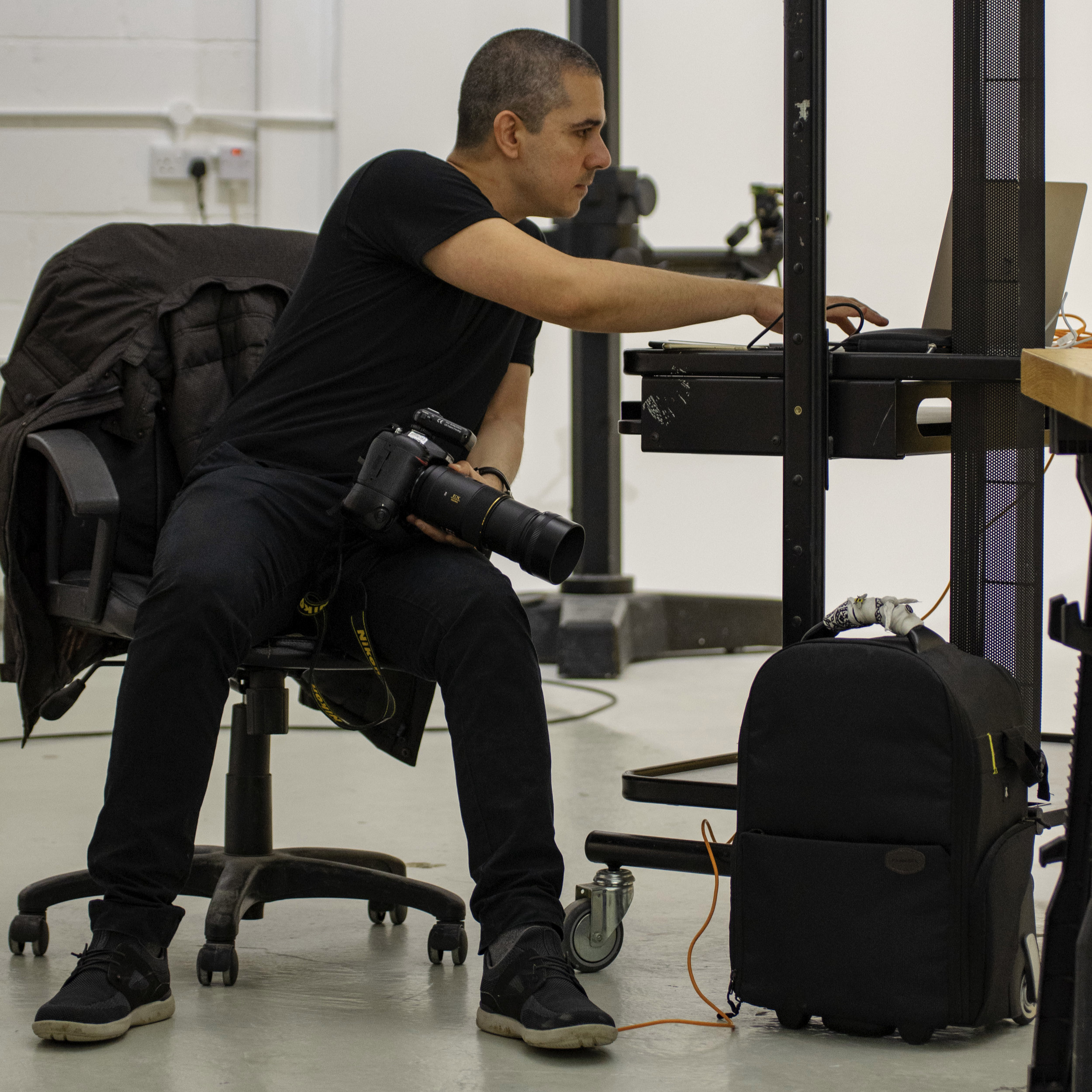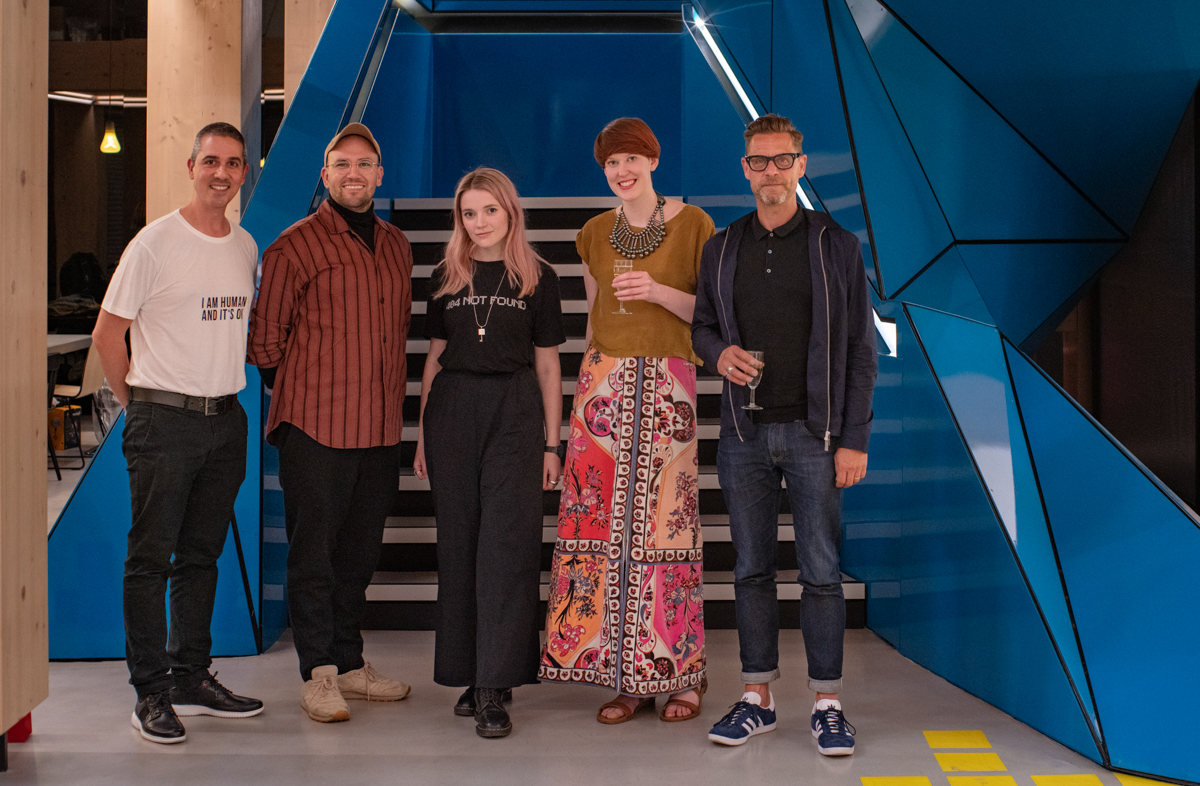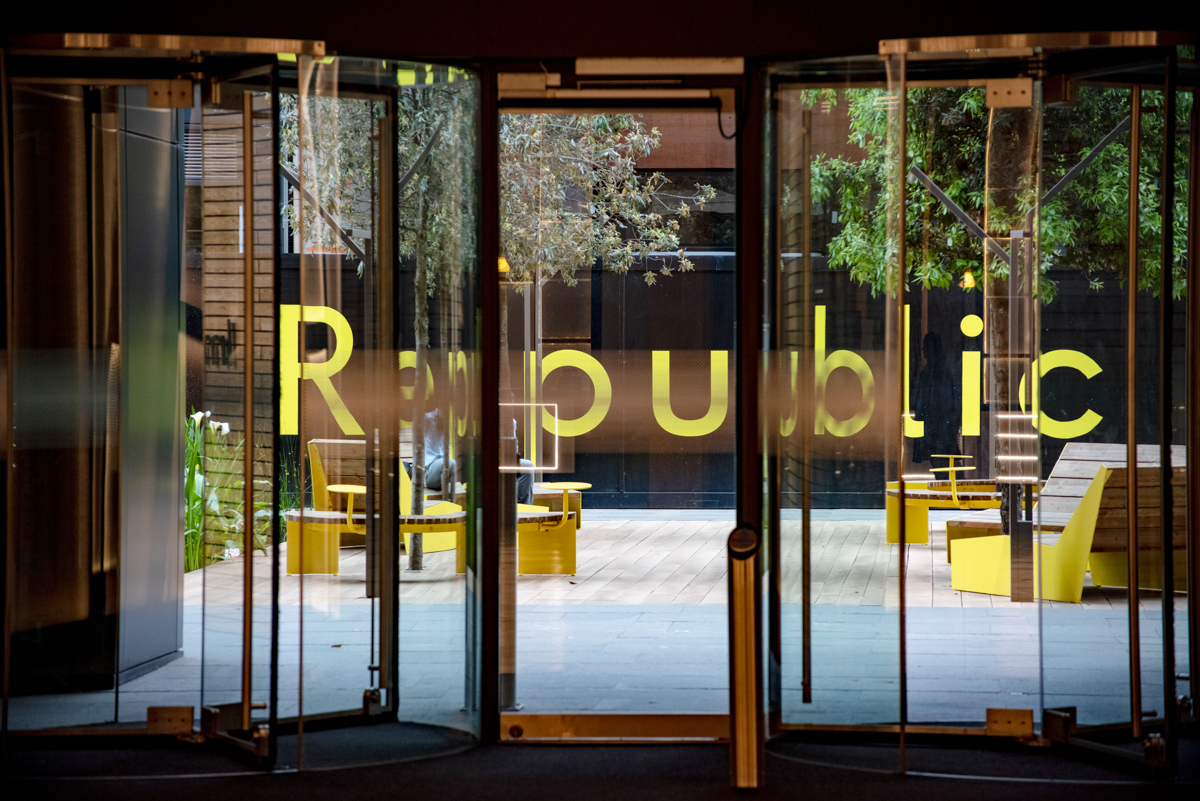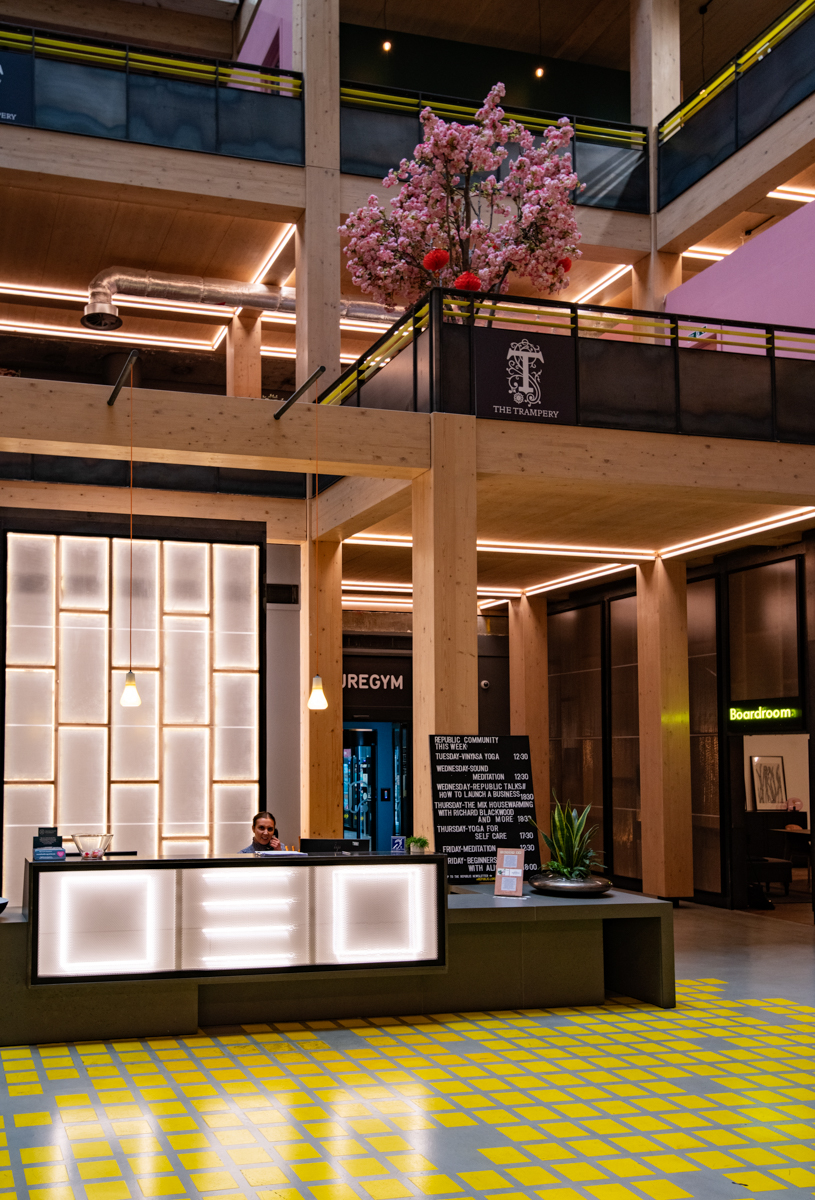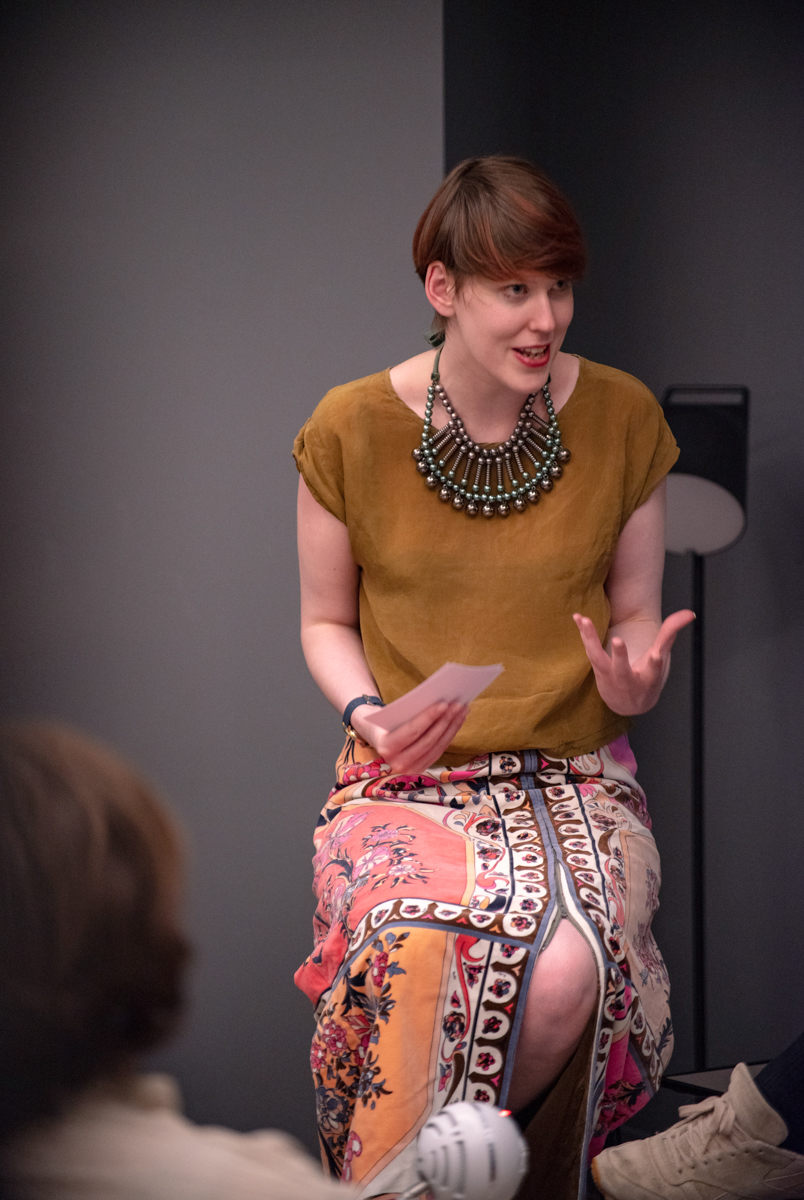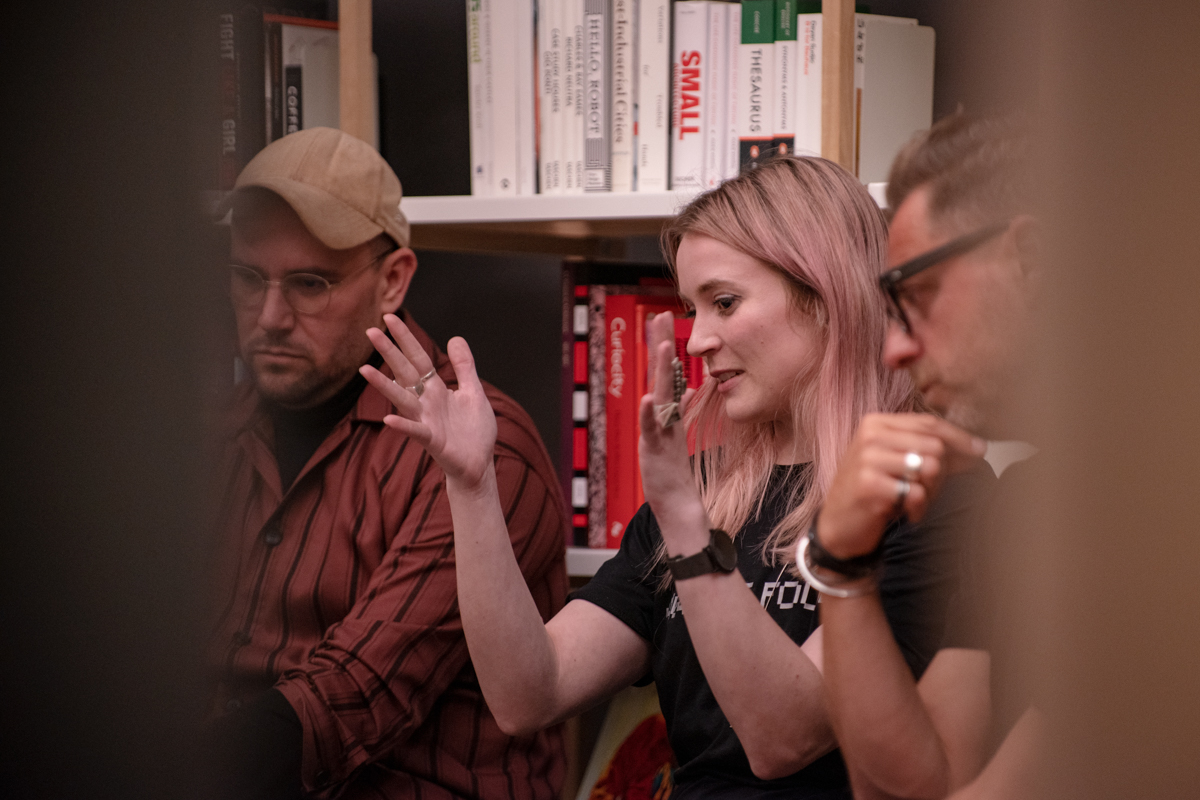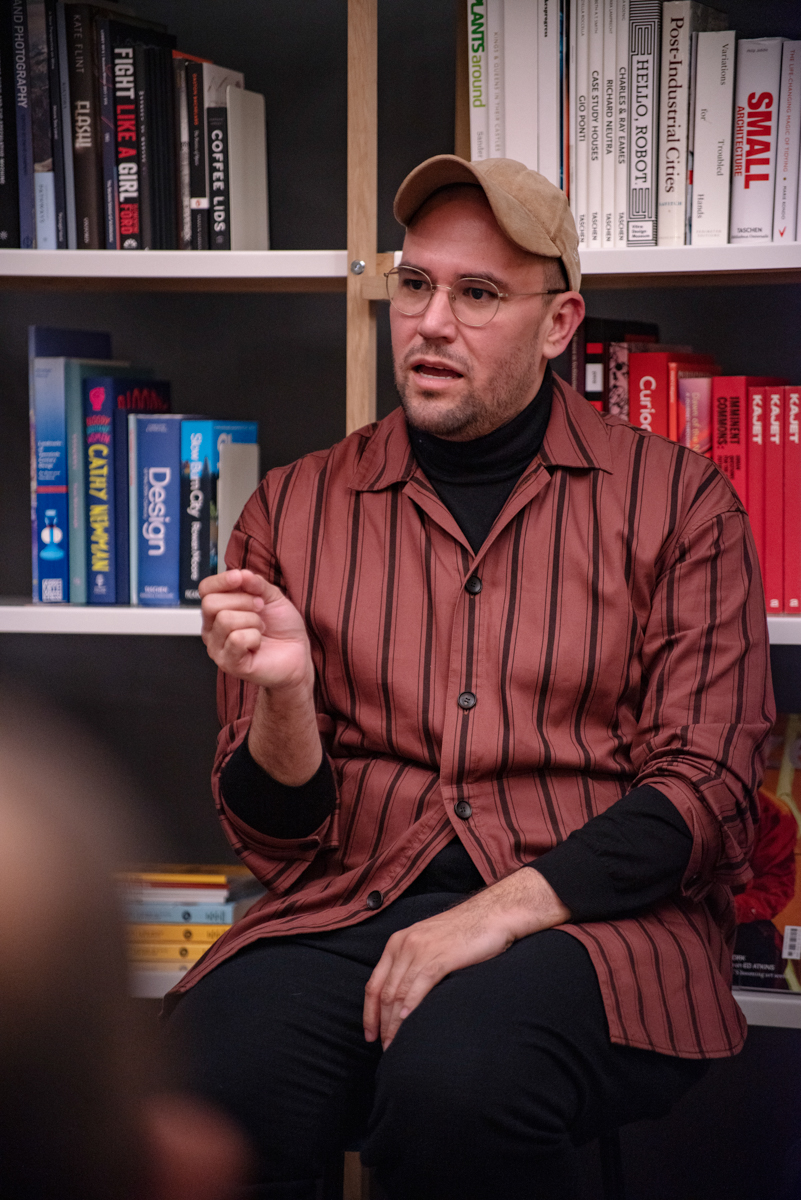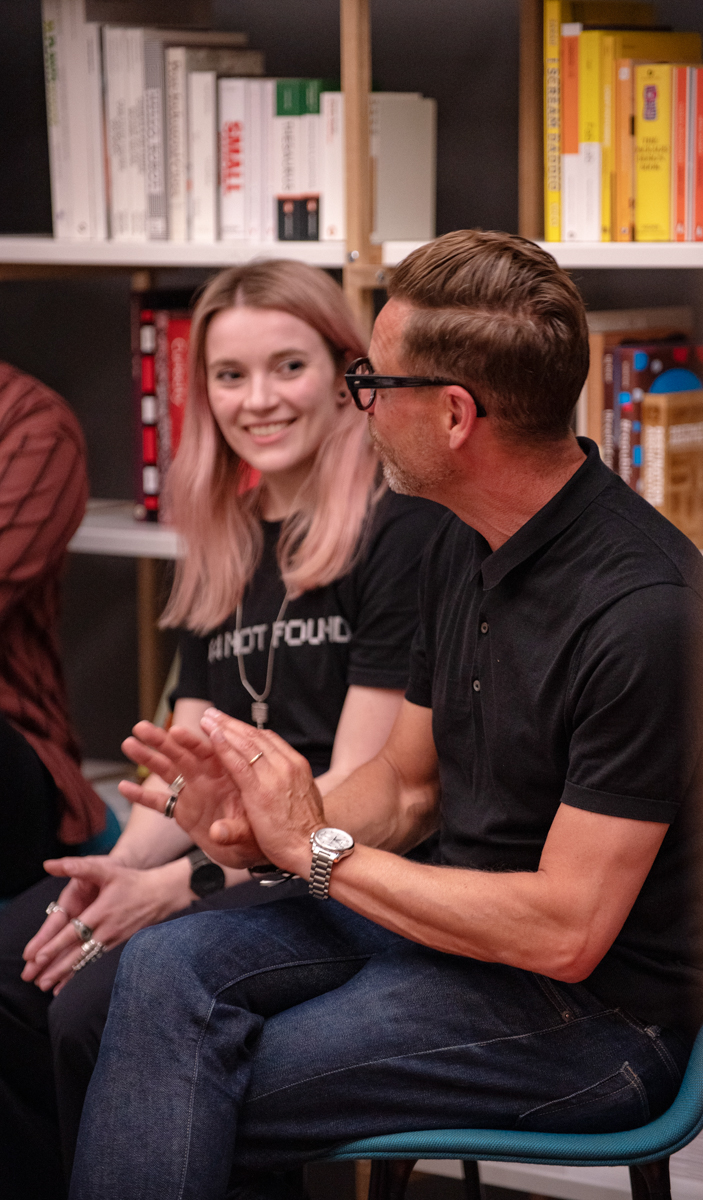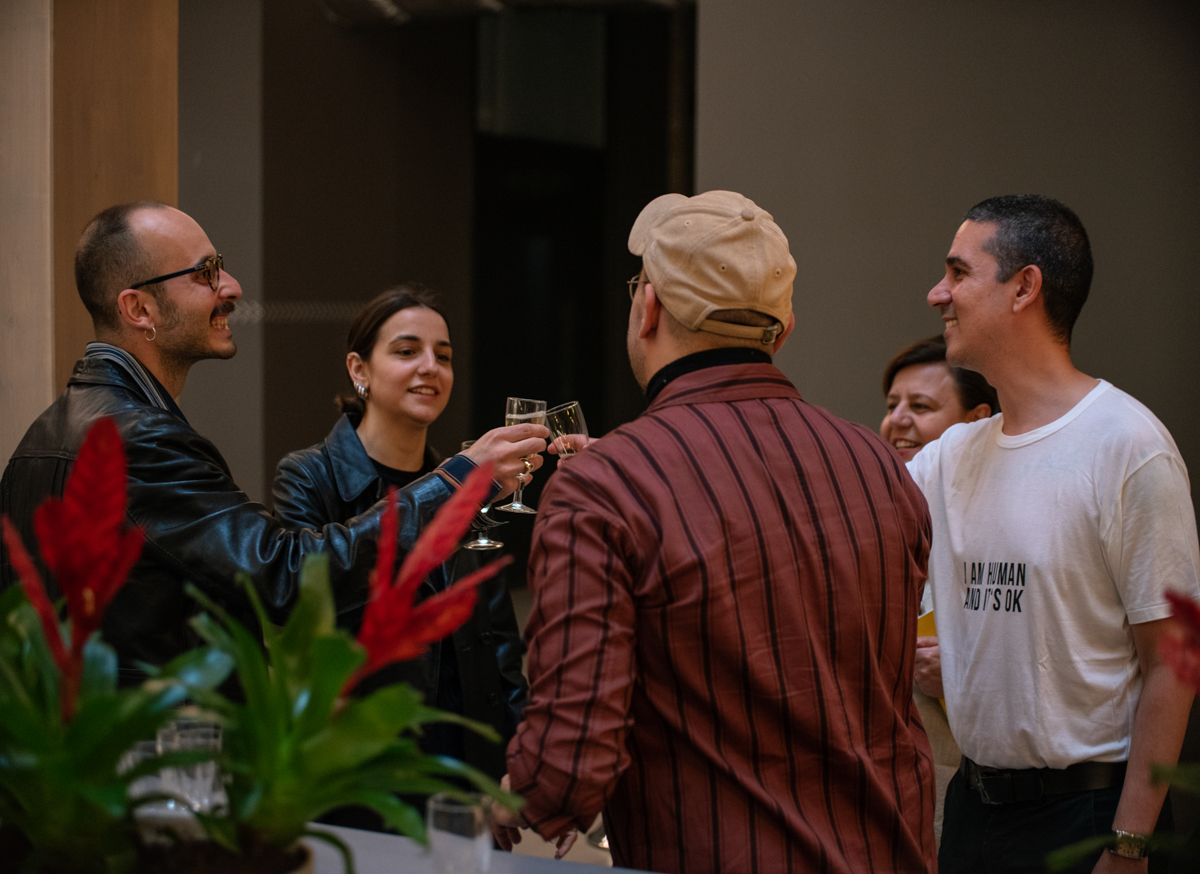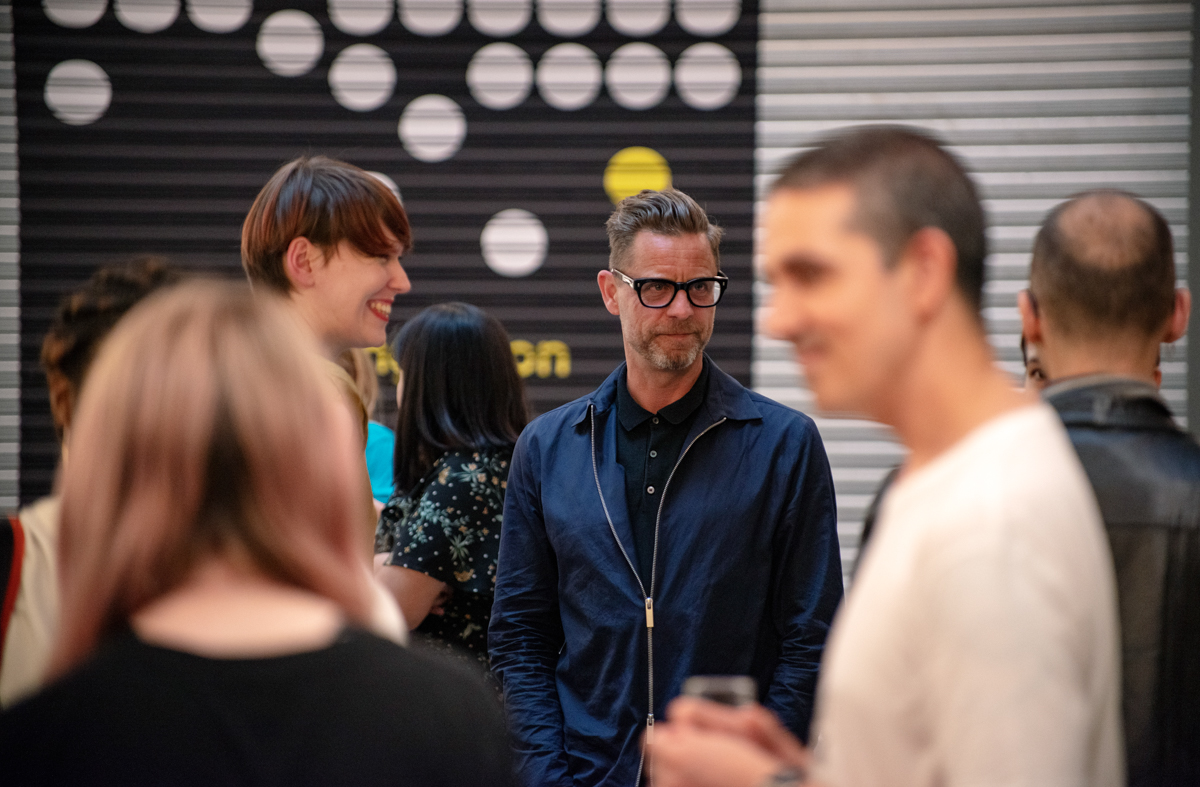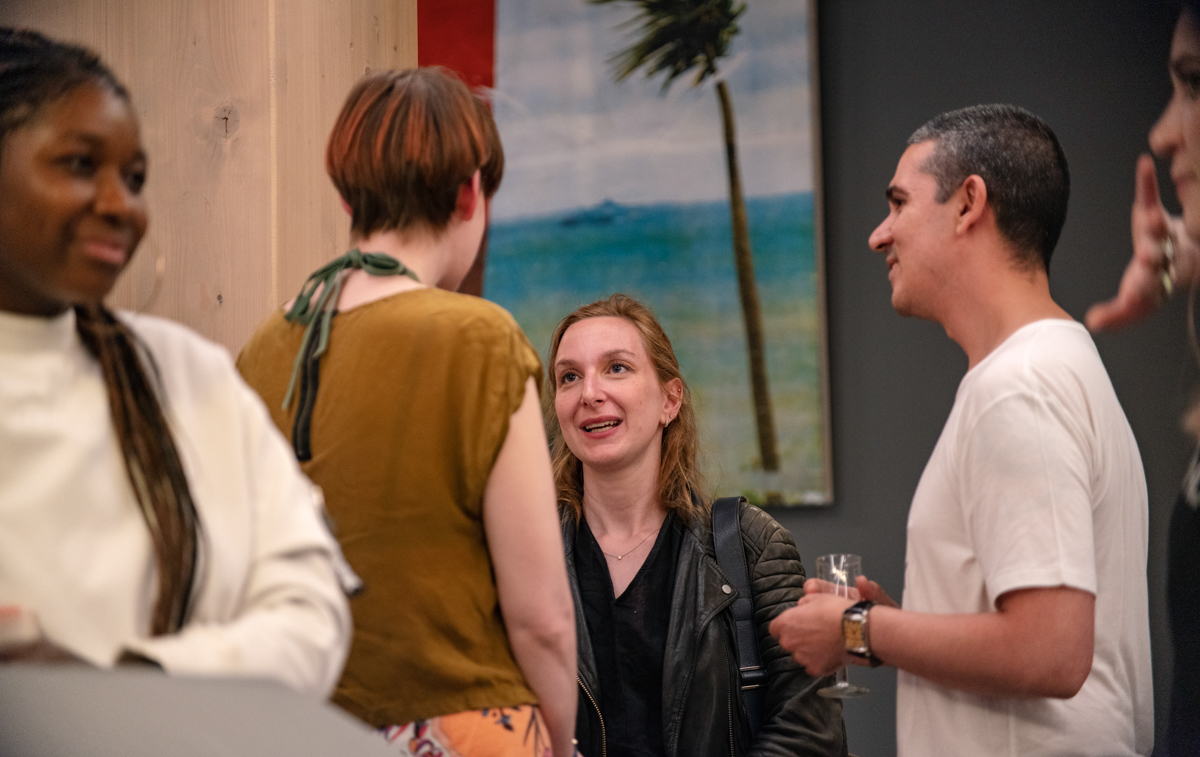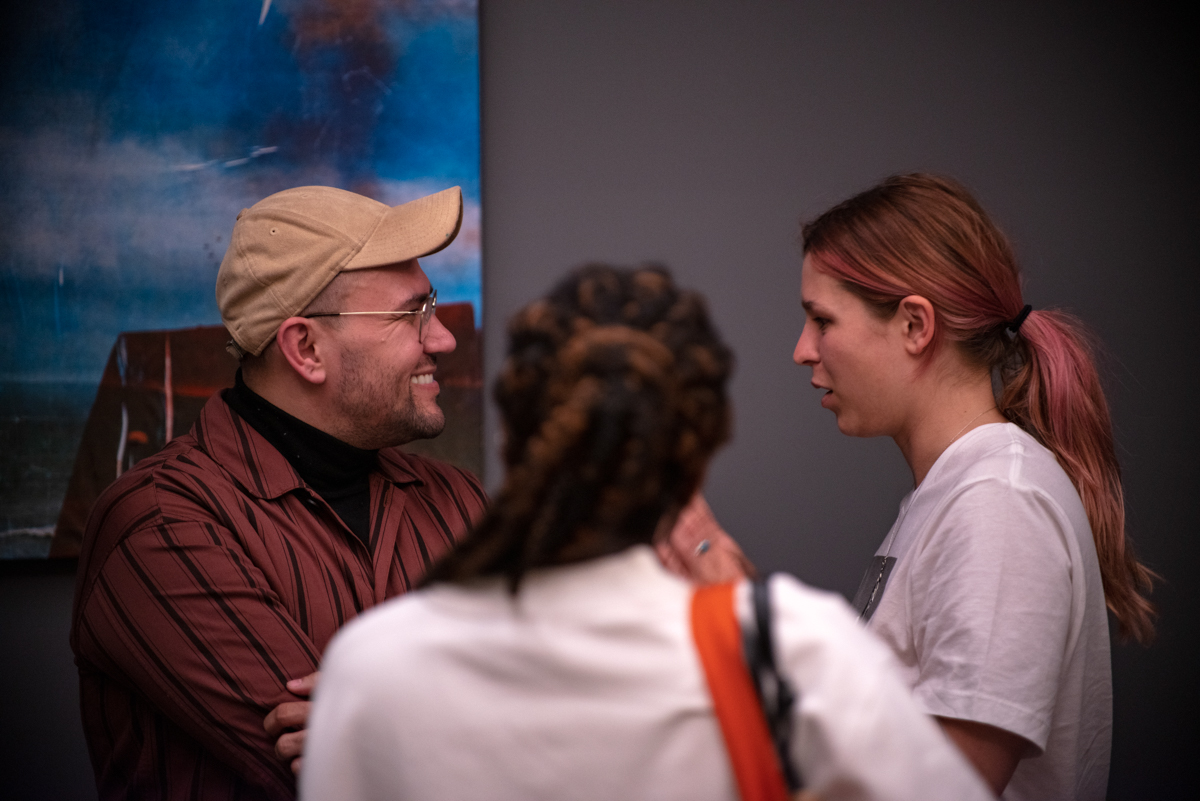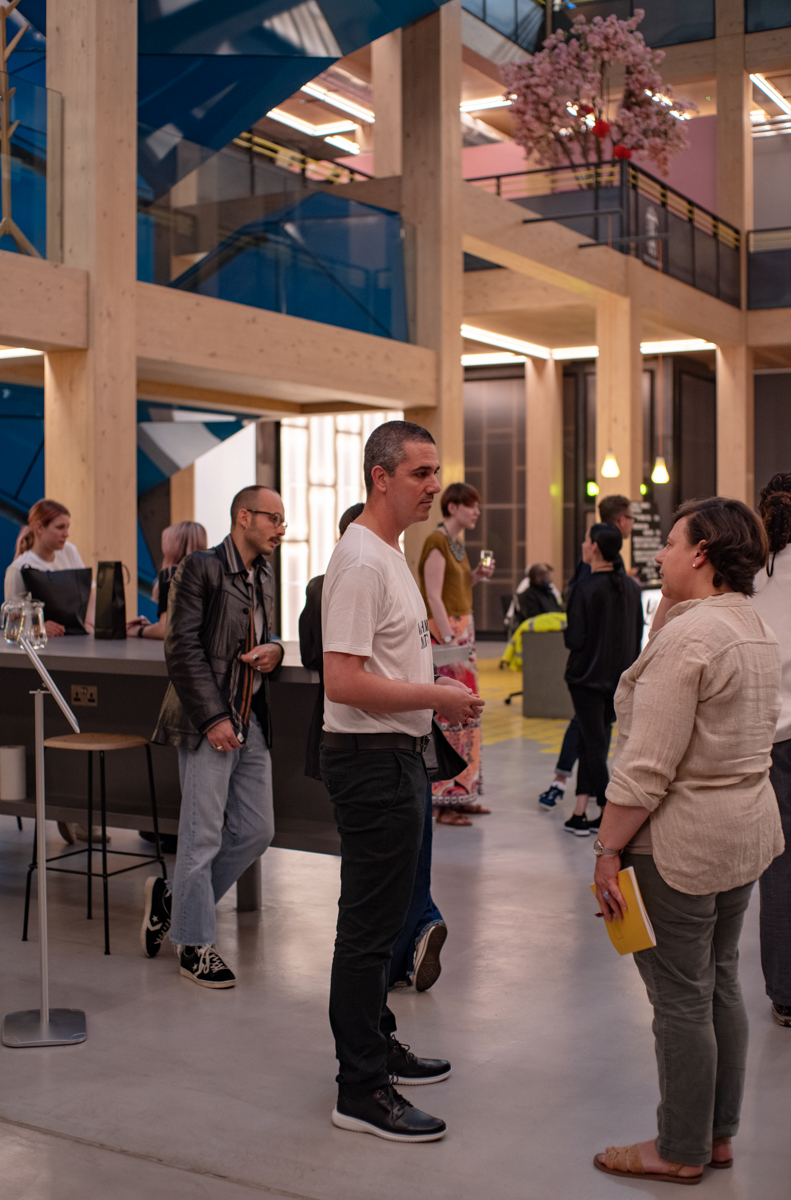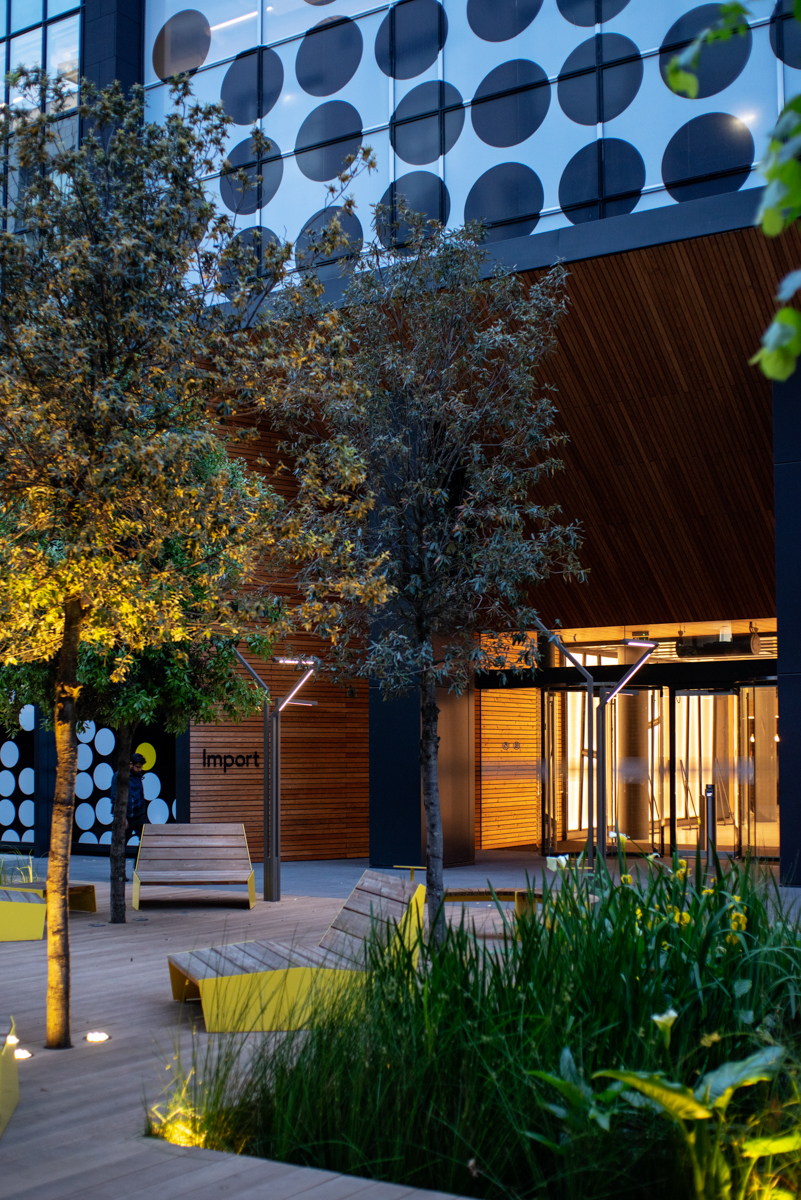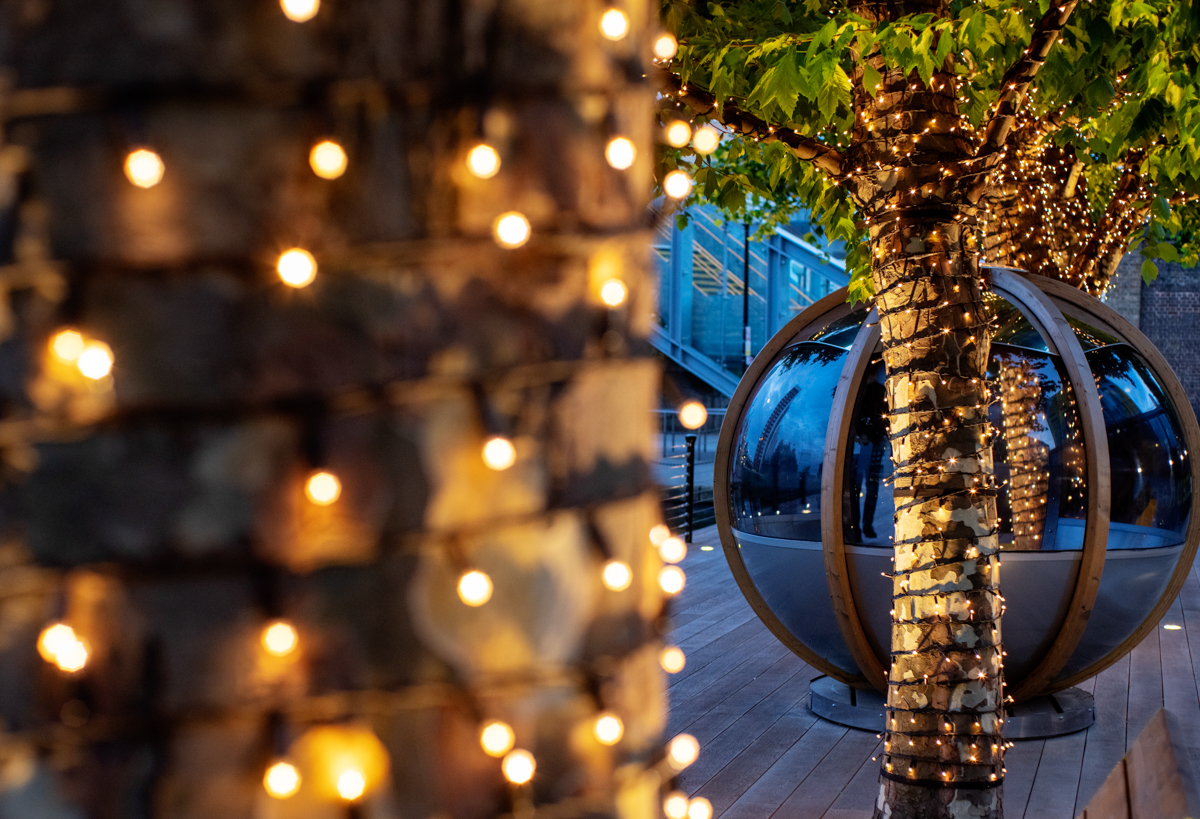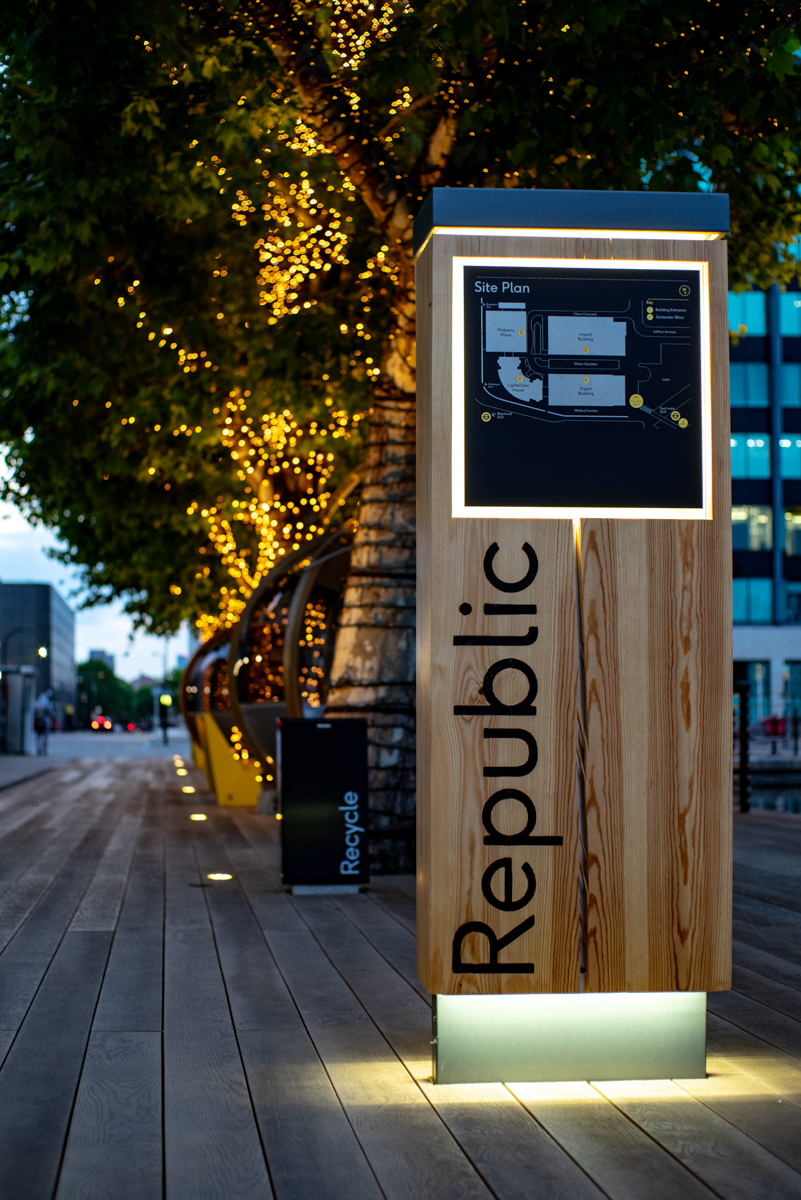Promoting inclusiveness and trying to make all the projects that you work on as diverse as possible is no easy feat. You encounter a lot of resistance, not only from people who oppose diversity but also from people whose levels of inclusiveness are not the same as yours. However, if the aim is trying to create an inclusive society, we must accept the fact that people who don’t think like us should also have their place in society in order for our communities to be truly diverse. In terms of equality, the term diversity means “the inclusion of different types of people in a group or organization.” But, where do we draw the line?
I used to think that the line was easily drawn on anything that attempted against human rights. Any form of hatred is inadmissible. But as simple of a rule as it might seem, the nuances make it more complicated. When trying to explain to certain people that words can kill and that a comment that might seem innocent can be very hurtful or can even lead to someone taking their own life, I’ve been told that I don’t have a thick enough skin. Referring to someone or a group of people with derogatory terms, not only has implications for the affected person but also sends the wrong message to those who might find the support they crave for their discriminatory practices.
At times, promoting diversity and calling out on inequality can hurt. Especially when the people with opposite opinions to yours are family members or close friends. You just can’t understand how someone who has your own blood or whom you love so much would not be as concerned for human rights as you are. This reality has sent me down a spiral of disappointment and rage many times in my life. Even in the present, it is sometimes really hard to breathe deeply and have patience whenever a person close to my heart says something really awful against women or against a specific ethnic group.
Personally, the reason why it hurts so much is that I have also been affected by discrimination myself. I’m a gay-forty-something-year-old-atheist-immigrant, so I’m constantly facing homophobia, ageism, anti-atheist discrimination and xenophobia. What’s even worse, I am also a very empathetic person so whenever I see someone facing discrimination I can completely relate to the pain.
But, I can’t let the pain cloud my judgement. I believe that the biggest mistake of the political correctness era of the ‘80s and ‘90s was to ostracize anyone who didn’t think like us because what happened was that they all united forces and came back fighting stronger than ever in the recent years. I believe now that if you have been a victim of discrimination, or if you are an ally of any group affected by discrimination, you cannot discriminate against others yourself. Even if that means that you have to include those who think completely different to you. You can’t fight hatred with hatred.
I’m not saying that we should condone discriminatory practices or allow space for hate speech. All I’m saying is that if we really want to be inclusive, everyone must be welcomed. Otherwise, we risk becoming hypocrites by doing exactly the opposite of what we preach.
Besides, we are in desperate need of allies and if we want the support from groups that have never been marginalized, we can’t start our request for help with rage. We must fight discrimination and be very angry about inequality, but we must use that anger to fuel our fight and not to rule out possible allies. I know it’s easier said than done, but being someone who has felt discriminated by those close to me many times while growing up I can tell you that, had I let my rage inform my relationship with them, I would probably be all alone now.
Photo credit: behind the scenes taken by Andrzej Gruszka.
Do you like what you just read? Subscribe to my weekly blog posts here!




